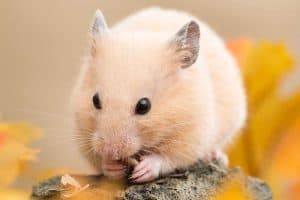Hamsters are fun and curious creatures that make for great pets. You know that they are cute and small, but what else do you know? We’ve got 9 facts here to help you learn more about these delightful animals.
 These are fun, helpful and surprising facts about the hamster. If you ever have a hamster of your own, you’ll know more about how to care for them right from the start!
These are fun, helpful and surprising facts about the hamster. If you ever have a hamster of your own, you’ll know more about how to care for them right from the start!
1. Hamsters come from the desert
The first person who brought hamsters to live with people found them in the desert in a country called Syria.
That's why hamsters need to live in warm places. If you keep a hamster, make sure the room is never too cold and keep the cage away from windy places.
You can read more about the best temperatures for hamsters here.
2. Hamsters Love to Exercise
Did you know that a small hamster can run up to 8 miles every night? In our homes, they do that on a spinning wheel.
A tiny hamster's body is full of energy that they want to burn off on a spinning wheel or with the toys that they have in their cage.
You can read more about hamster wheels here.
3. Hamsters don't take baths in water
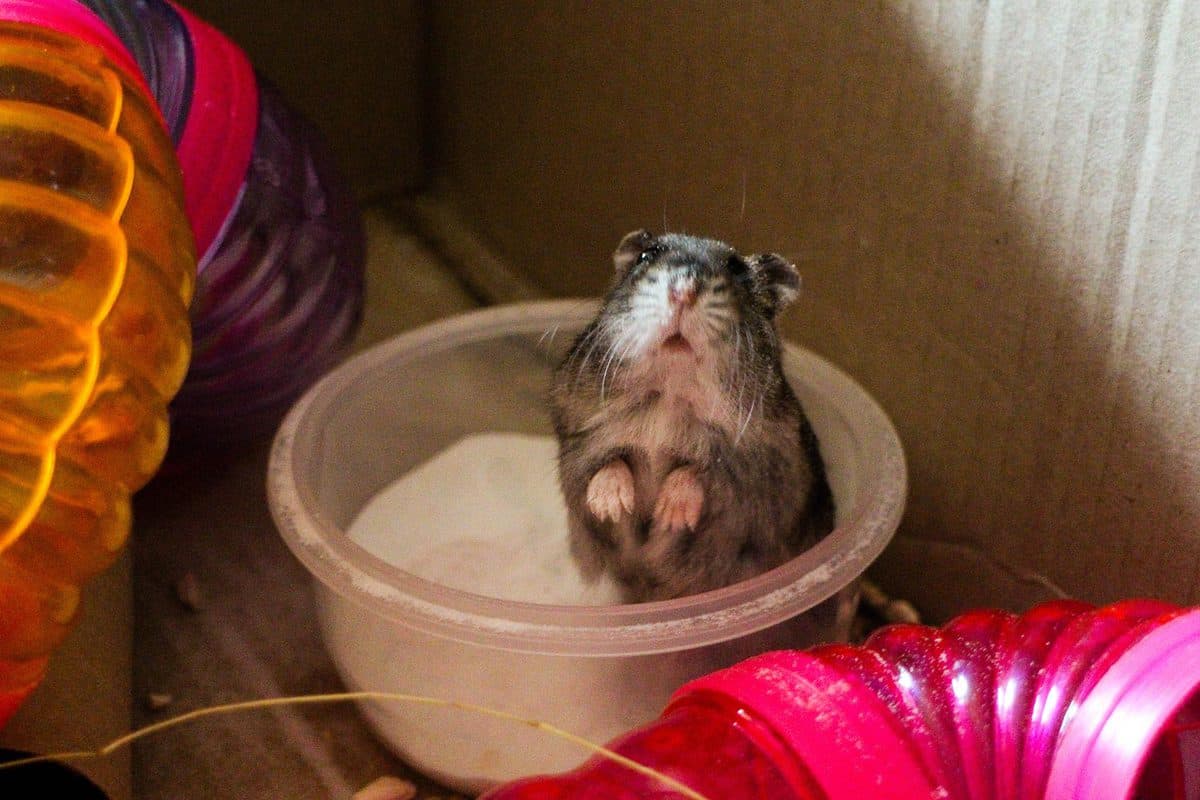
Bath time with water is not good for hamsters and makes them sick. That's because hamsters have special oils in their furs that keep them healthy and safe. If you wash a hamster with water, you'll wash off those oils. Also, it's hard to dry up a hamster and being wet can get them too cold.
Fortunately, hamsters don’t need to be bathed like you and I do to stay clean! They’ll often groom themselves, but also love rolling around in a good sand bath every now and then to stay super-clean.
Read here more about sand baths for hamsters
4. Not All Hamsters are the Same Size
There are two general types of hamsters: dwarf hamsters and Syrian hamsters. Dwarf hamsters are much, much smaller than Syrian hamsters. If you have a tiny hamster, be very careful to make sure that they can’t slip out of the bars of their cage.
Exercise wheels, hamster balls and hamster houses that you buy will have to be bigger if you have a Syrian hamster. They simply don’t fit well into spaces designed for the much-smaller breeds of dwarf hamster.
Read here more about the types of hamsters there are
5. Hamsters are more active at night
Some animals are more active during the day, and others are more active during the night. The word for night-time animals is nocturnal.
Hamsters are not totally nocturnal though. They're actually most active during the early morning or late evening. There's an even bigger word for such animals: Crepuscular.
If you keep a hamster in your room, you may notice that your little furry friend is more active around the time you go to bed!
Don’t worry if your hamster doesn’t want to play during the day. That’s in their nature! Just make sure not to abruptly wake them up if they are sleeping – they don’t like that. You might not even see him or her at all during the day, because they like to curl up in a burrow or hamster house to sleep.
6. Hamsters Don’t Have Very Good Eyesight
Hamsters can't see very well. Remember, they are night-time animals, so they don't have a lot of light to see by anyway. Instead, they find their way around using their hearing and their sense of smell.
If you keep a hamster, it's best not to get them a cage that has steps and several levels. Since they cannot see the edge of a platform, they could hurt themselves in an accidental fall from one of the higher levels.
7. Each Hamster Has Their Own Personality
One hamster might have a totally different personality from another – even if they are the same age and breed!
And hamsters have moods too! Just like people, sometimes a hamster may be grumpy or particularly energetic.
If you are looking for a sociable hamster to match in a pair, you should consider dwarf hamsters. Of the common breeds, these are easy to take care of and generally friendly with other hamsters. In fact, they are well known for enjoying the company of other hamsters.
Even though they are the most social, when dealing with dwarf hamsters, you should still keep in mind cage size and the age of the hamsters you select. This will have a great impact on whether or not they get along. Also, remember that just because they are related (parent/child or siblings) does not mean they are more or less likely to tolerate each other.
8. Hamsters Store Food in Their Cheeks
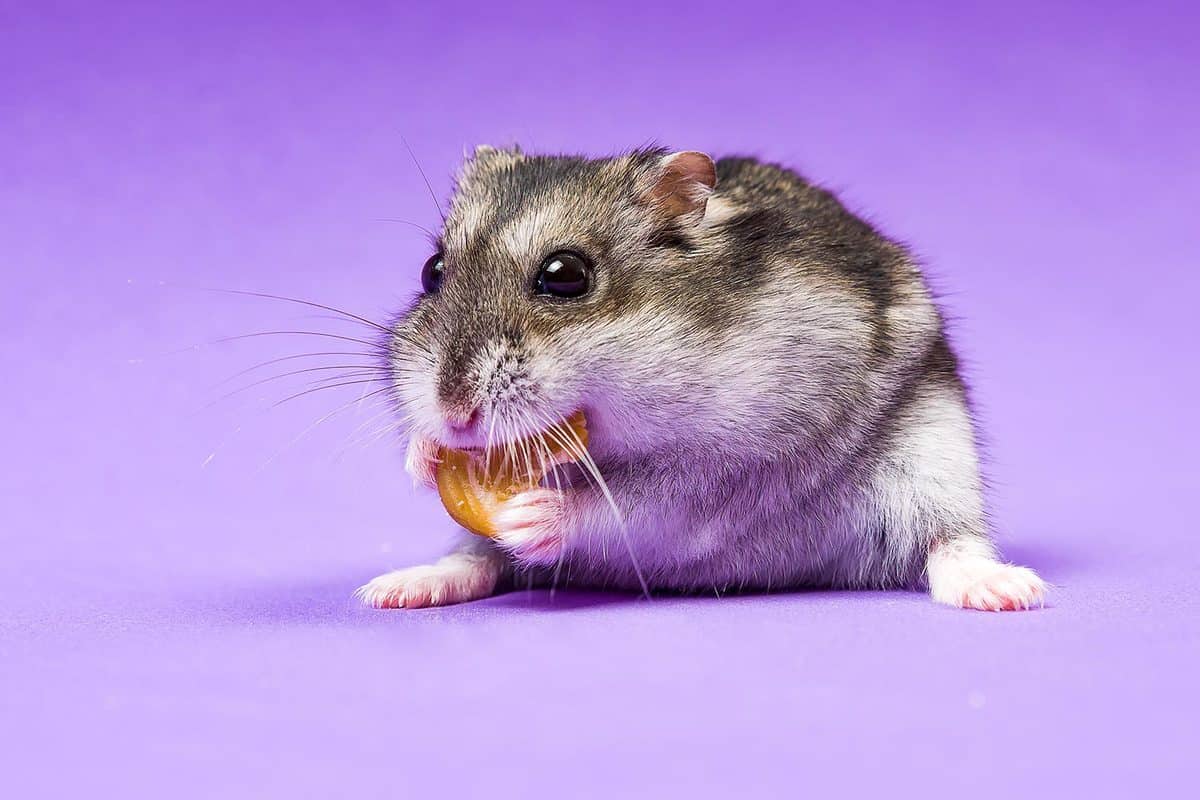
All hamsters have little “pockets” in their cheeks that allow them to carry food. This is the reason for the word “hamster,” which comes from a German word that means “to hoard.”
Hamsters will hoard food in their cheeks until they get to a place where they feel safe to eat or store their food. Your hamster might not have to worry about safety in your home, but they will still make sure to eat in a spot in their cage where they are most comfortable.
In the wild, hamsters will often have to hoard their food like this. Because they could be ambushed by predators, they’ll wait until they get to their home, or burrow, to eat.
9. Hamsters are Omnivores
A carnivore eats only meat. An herbivore eats only plants. An omnivore eats both, and that is what a hamster is.
A lot of people think that hamsters are herbivores, or vegetarians, because of what we typically feed them at home. Yet in the wild, hamsters will often hunt and eat small insects. This is in addition to seeds, nuts, and other plant life that is safe for them in their environment.
In the wild, hamsters will leave their burrows to hunt for insects at night. This is because the light is lower, meaning they’re less likely to be caught by predators. Their favorite types of insects also tend to come out more when the sun is down.
10. Hamsters live in underground tunnels
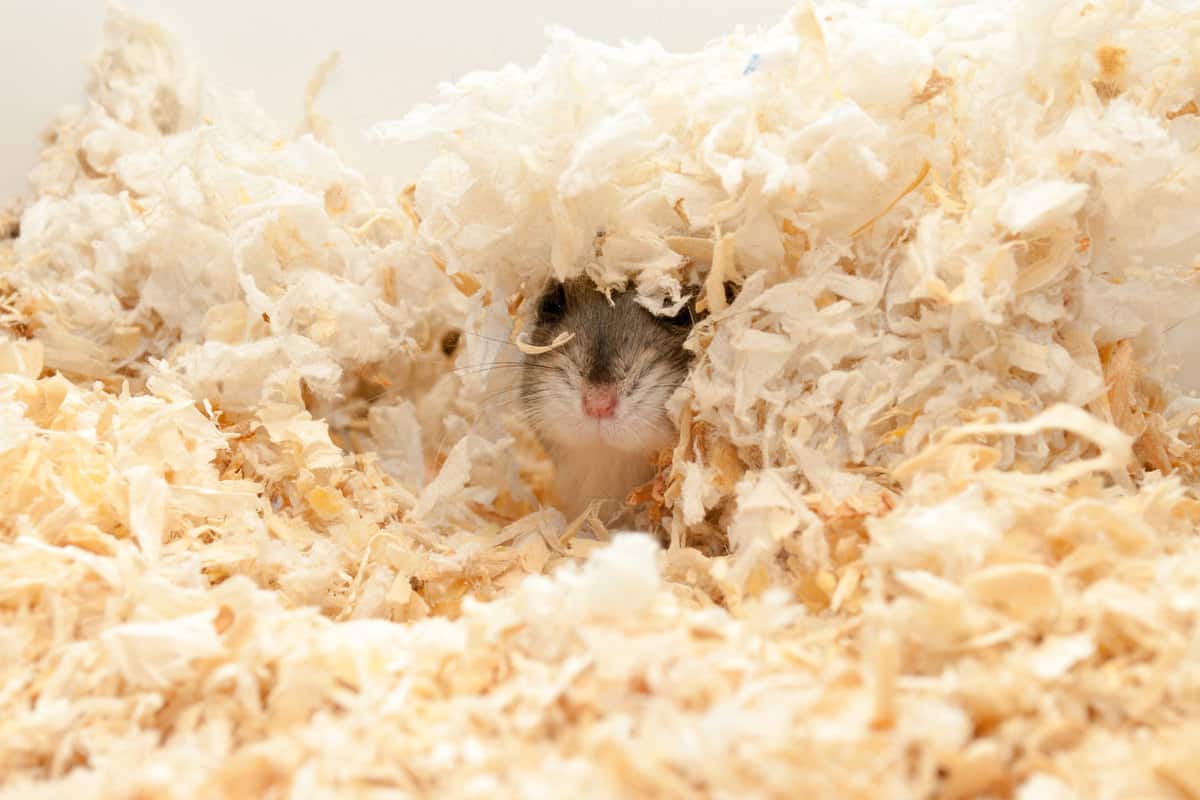
Wild hamsters who don't live with people, dig tunnels in the ground and that's their home. They can dig very deep - even five or six feet deep underground!
When they live with us, hamsters love to have a layer of something they can dig in. That's why we put something like wood shavings in a hamster's cage. It's called "bedding" and it lets the hamster dig and enjoy burrowing in it, just like they would in the wild.
Read more about why hamsters love to burrow.
11. Hamsters sometimes need to see the doctor too
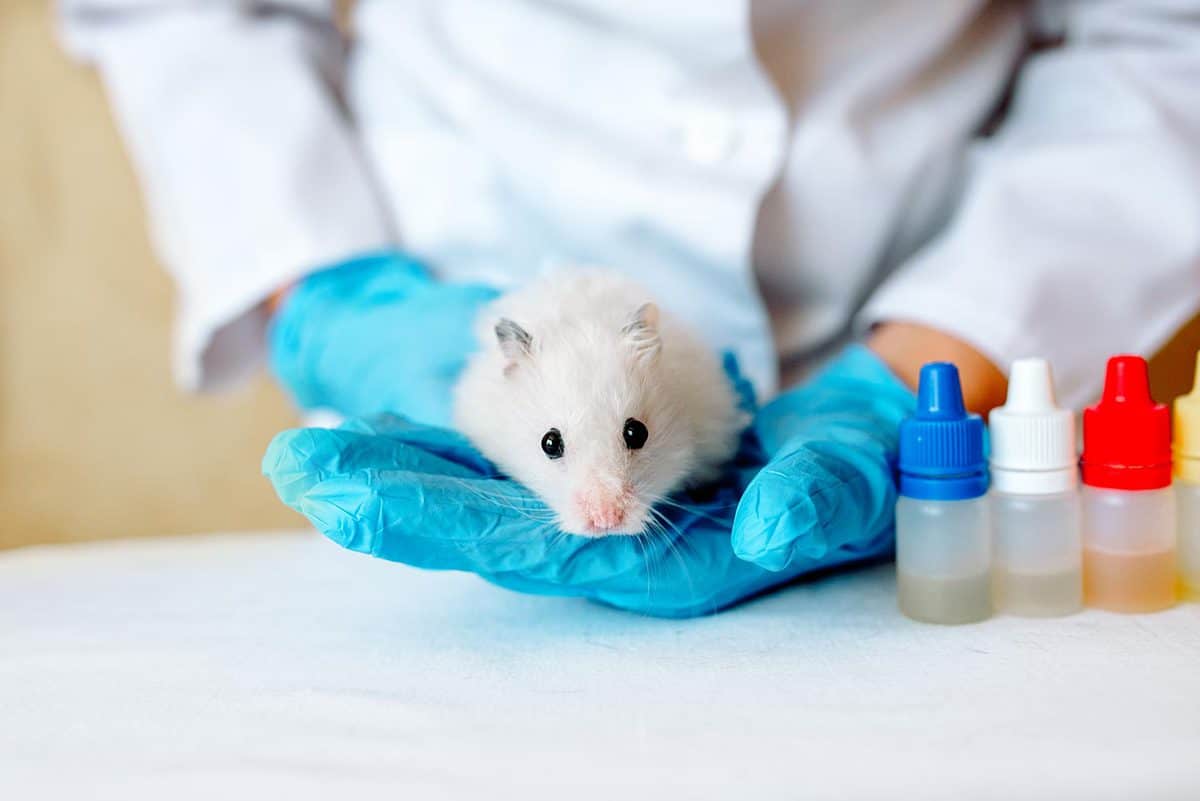
Did you know that hamsters have their own doctor too? A pet doctor is called a veterinarian and they can check a hamster when there's a problem. They can also give a hamster medicine to make them better.
Our hamsters can't talk, so we need to look for other signs to tell when they're not feeling well. If your hamster behaves strangely or doesn't eat well, talk to your parents about taking your furry friend to see a veterinarian.
Read more here about veterinary care for hamsters
Aren’t Hamsters Cool?
If you ever have a hamster in your life, you’re going to learn a lot from experience and doing research on your own. While the facts above can’t tell you everything that you need to know about hamsters, this article is a pretty good place to start!
Hamsters are quite a bit more complicated than people give them credit for. But when you better understand your new pet, the better care you will be able to give him or her.


![A cute little hamster lying inside his pink cage, Can You Take A Hamster On A Plane? [And How To]](https://hamsters101.com/wp-content/uploads/2021/08/A-cute-little-hamster-lying-inside-his-pink-cage-300x200.jpg)
